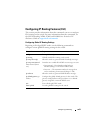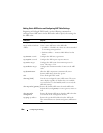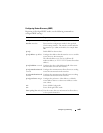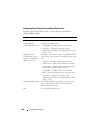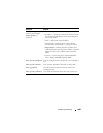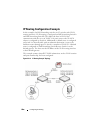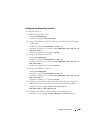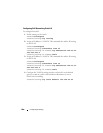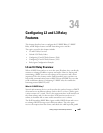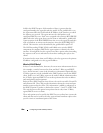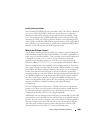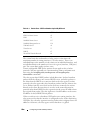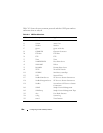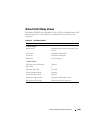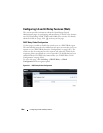
Configuring L2 and L3 Relay Features 1087
34
Configuring L2 and L3 Relay
Features
This chapter describes how to configure the L2 DHCP Relay, L3 DHCP
Relay, and IP Helper features on Dell Networking series switches.
The topics covered in this chapter include:
• L2 and L3 Relay Overview
• Default L2/L3 Relay Values
• Configuring L2 and L3 Relay Features (Web)
• Configuring L2 and L3 Relay Features (CLI)
• Relay Agent Configuration Example
L2 and L3 Relay Overview
When a DHCP client and server are in the same IP subnet, they can directly
connect to exchange IP address requests and replies. However, buying and
maintaining a DHCP server on each subnet can be expensive and is often
impractical. The relay features on the Dell Networking series switches can
help enable communication between DHCP clients and DHCP servers that
reside in different subnets. Configuring L3 DHCP relay also enables the
bootstrap protocol (BOOTP) relay.
What Is L3 DHCP Relay?
Network infrastructure devices can be used to relay packets between a DHCP
client and server on different subnets. Such a device, an Layer 3 Relay agent,
is often a router or L3 switch. The L3 relay agent must have an IP interface on
the client subnets and, if it does not have an IP interface on the server’s
subnet, it should be able to route traffic toward the server’s subnet.
The Dell Networking DHCP Relay Agent enables DHCP clients and servers
to exchange DHCP messages across different subnets. The relay agent
receives the requests from the clients, and checks the valid hops and
giaddr



